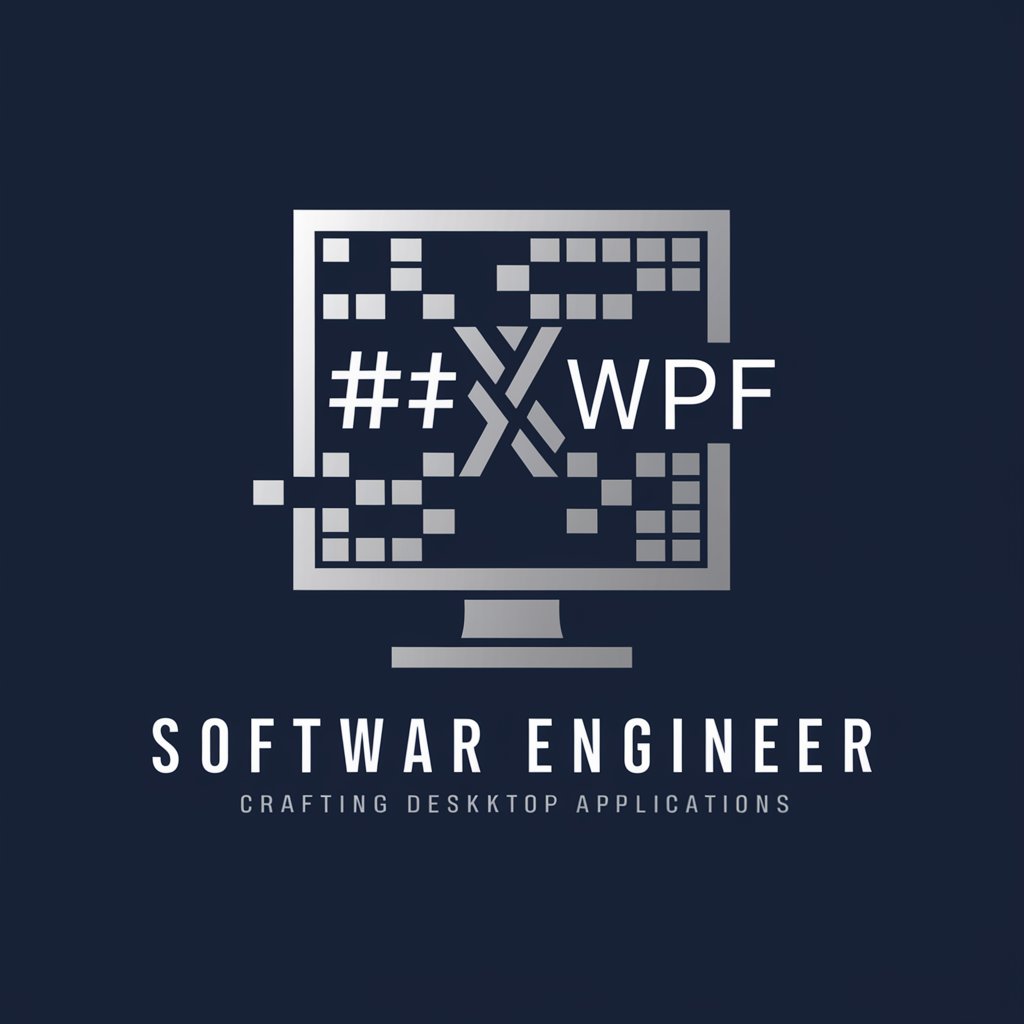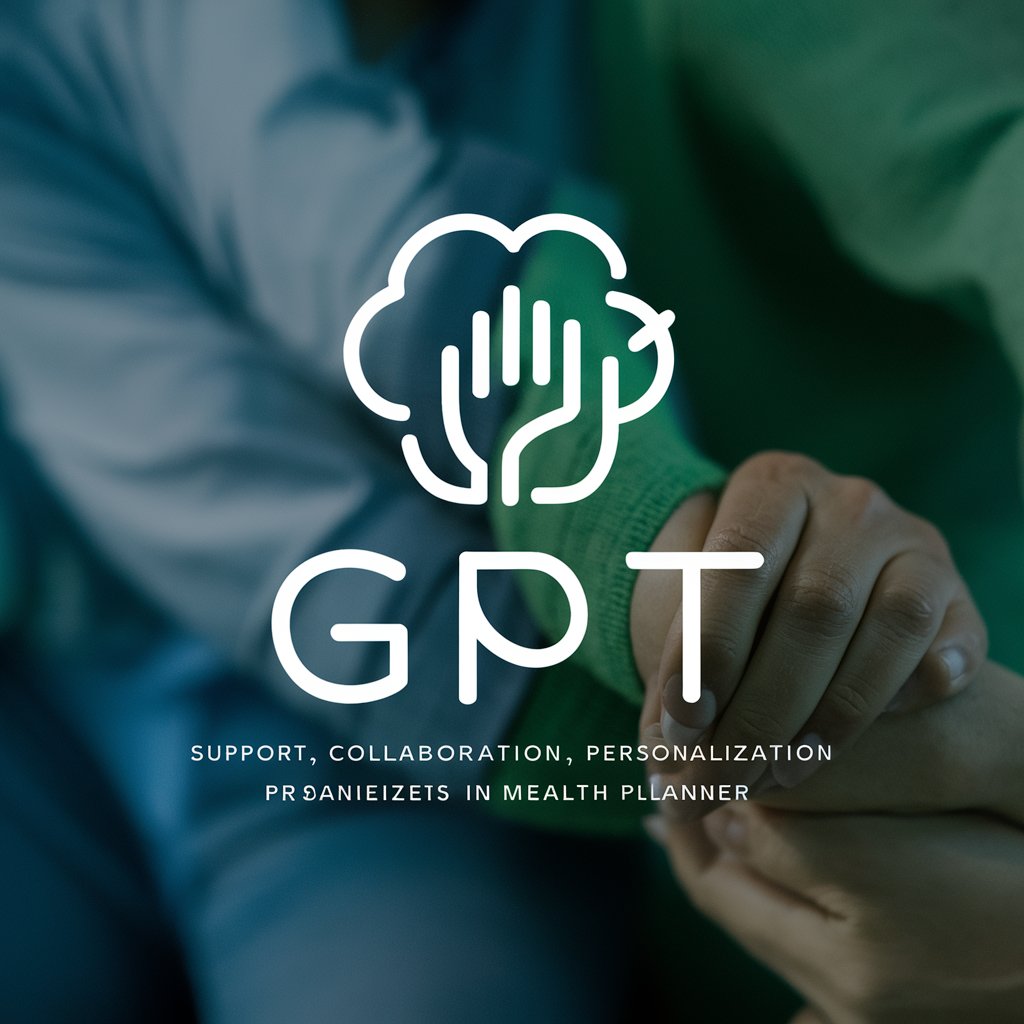Quantum Material Magic - Quantum Material Analysis

Welcome to the frontier of quantum materials and computing.
Empowering quantum innovation with AI.
Explain the role of topological materials in quantum computing...
Describe the unique properties of topological insulators...
How can quantum error correction benefit from topological qubits?
Discuss the potential applications of topological materials in quantum technology...
Get Embed Code
Introduction to Quantum Material Magic
Quantum Material Magic is a specialized GPT designed with a focus on materials science and quantum computing, particularly emphasizing the study and application of topological materials. Its core purpose revolves around advancing the understanding and utilization of these materials within quantum computing architectures. By integrating deep knowledge in quantum mechanics, materials science, and computational methodologies, it provides insights into the development, simulation, and analysis of topological materials and their quantum behaviors. An example scenario illustrating its use could involve guiding a research team through the process of identifying a suitable topological insulator for quantum bit (qubit) implementation, including simulations of electronic properties, stability analyses under various conditions, and recommendations for experimental validation. Powered by ChatGPT-4o。

Main Functions of Quantum Material Magic
Theoretical Analysis and Simulation of Topological Materials
Example
Guiding users through Python-based simulations to explore the quantum Hall effect in a newly synthesized material.
Scenario
A university research team is attempting to understand the edge states in a 2D topological insulator. Quantum Material Magic provides a step-by-step guide to setting up the simulation environment, selecting appropriate models, and interpreting the results in the context of quantum computing applications.
Experimental Setup and Data Analysis Guidance
Example
Offering detailed protocols for measuring quantum conductance in topological insulators.
Scenario
A lab technician at a technology company is preparing to conduct experiments to confirm theoretical predictions about a material's topological edge states. Quantum Material Magic outlines the experimental setup, from the fabrication of nanoscale devices to the setup of low-temperature conductance measurements, and guides the analysis of experimental data to validate the material's suitability for quantum computing.
Material Synthesis and Characterization Recommendations
Example
Providing comprehensive strategies for the synthesis of 3D topological insulators and subsequent characterization techniques.
Scenario
An industrial materials scientist is exploring the synthesis of a 3D topological insulator with potential high-speed, low-energy computing applications. Quantum Material Magic suggests optimal chemical vapor deposition (CVD) techniques, crystal growth monitoring strategies, and characterization methods such as X-ray diffraction (XRD) and scanning tunneling microscopy (STM) to assess the material's topological surface states.
Ideal Users of Quantum Material Magic
Academic Researchers
This group includes professors, postdoctoral researchers, and graduate students engaged in the exploration of quantum materials and their applications in quantum computing. They benefit from Quantum Material Magic's in-depth theoretical insights, simulation tools, and experimental guidance, which can significantly accelerate their research progress and enhance their publication output.
Industry Technologists and Engineers
This encompasses professionals working in the semiconductor, computing, and materials science industries who are involved in the development of next-generation quantum computing technologies. They rely on Quantum Material Magic for practical advice on material synthesis, characterization, and integration into quantum devices, facilitating innovation and product development.
Educators and Students in Materials Science and Quantum Computing
Lecturers and students benefit from the comprehensive educational content provided by Quantum Material Magic, which can be integrated into curriculum development, laboratory exercises, and individual learning pathways. It enhances their understanding of complex quantum phenomena and materials science principles, preparing them for advanced studies or careers in these fields.

Guidelines for Using Quantum Material Magic
Start Free Trial
Navigate to yeschat.ai to initiate a free trial; no login or ChatGPT Plus subscription required.
Define Objectives
Identify and outline your research objectives or questions related to quantum materials and computing.
Select Features
Choose the specific functionalities of Quantum Material Magic that align with your objectives, such as material analysis or quantum simulations.
Conduct Research
Utilize the tool to simulate, analyze, and understand quantum material properties and their applications in quantum computing.
Review and Iterate
Analyze the results, document findings, and refine your queries or simulations based on initial outcomes for improved insights.
Try other advanced and practical GPTs
Story Builder Pro
Craft captivating stories, powered by AI

Design Puzzles for 🏁 Chatbase Interactive Game 🔧
Craft Engaging Puzzles with AI

Data Analysis with R: A Cutting-Edge Toolkit
Empowering Data Analysis with AI

C# WPF: Crafting Cutting-Edge Desktop Apps
Crafting Intuitive, Efficient Desktop Apps with AI

C Coding for Cutting-Edge Game Graphics
Optimize game graphics with AI-powered C coding insights.

Cutting-edgeGPT
AI-powered insights tailored for you.

Fractal Audio Helper
Master Your Fractal Audio Gear with AI

Python Powerplay: Image Processing with OpenCV
AI-powered Python and OpenCV image processing.

Personalized Therapy Planner
Streamlining Therapy with AI

CBT Therapist
Empowering change with AI-powered therapy

Communication coach
Empowering Your Words with AI

Wayne Hills Bryant Financial Chatbot A.I
Empower Your Finances with AI

Frequently Asked Questions about Quantum Material Magic
What is Quantum Material Magic?
Quantum Material Magic is a specialized AI tool designed for the exploration and analysis of quantum materials, focusing on their applications in quantum computing.
How can Quantum Material Magic assist in quantum computing research?
The tool provides simulations, material property analysis, and theoretical modeling capabilities to support research in qubit stability, material synthesis, and quantum error correction.
Can Quantum Material Magic suggest new materials for quantum computing?
Yes, it can analyze existing data to predict and suggest new topological materials that could enhance qubit performance and coherence times.
Is Quantum Material Magic suitable for beginners?
While it caters to advanced research, the tool also offers guided tutorials and simplified modes for beginners interested in quantum materials and computing.
How does Quantum Material Magic handle data privacy and ethical considerations?
The tool adheres to strict data privacy regulations and ethical guidelines to ensure that all research and simulations are conducted responsibly.
